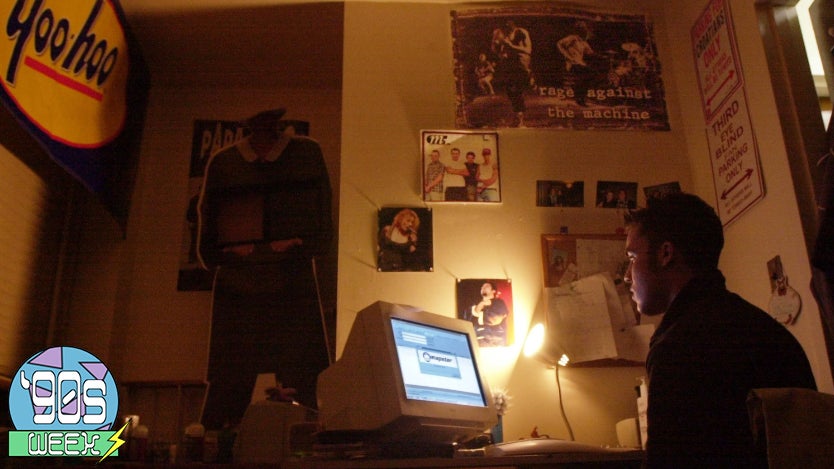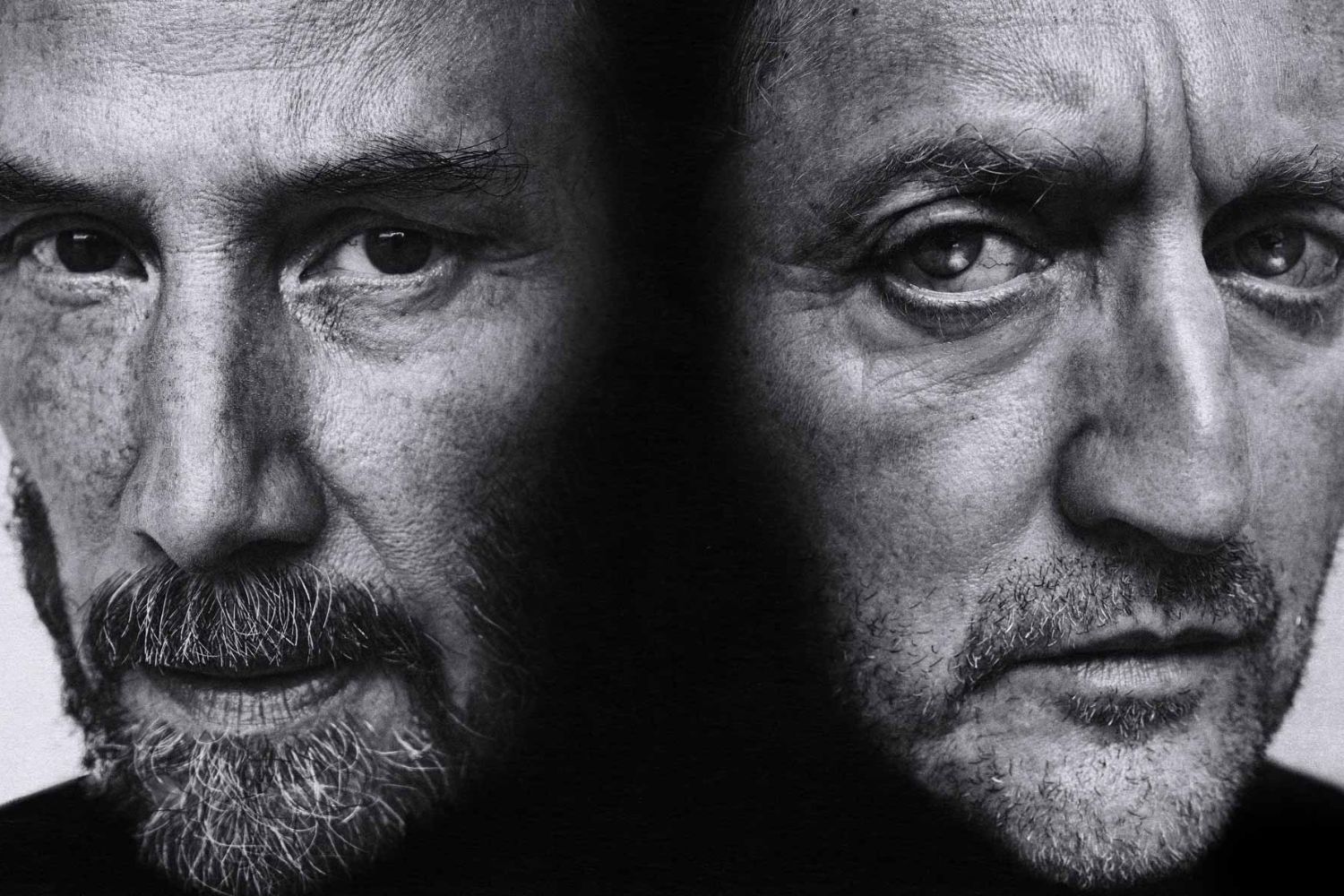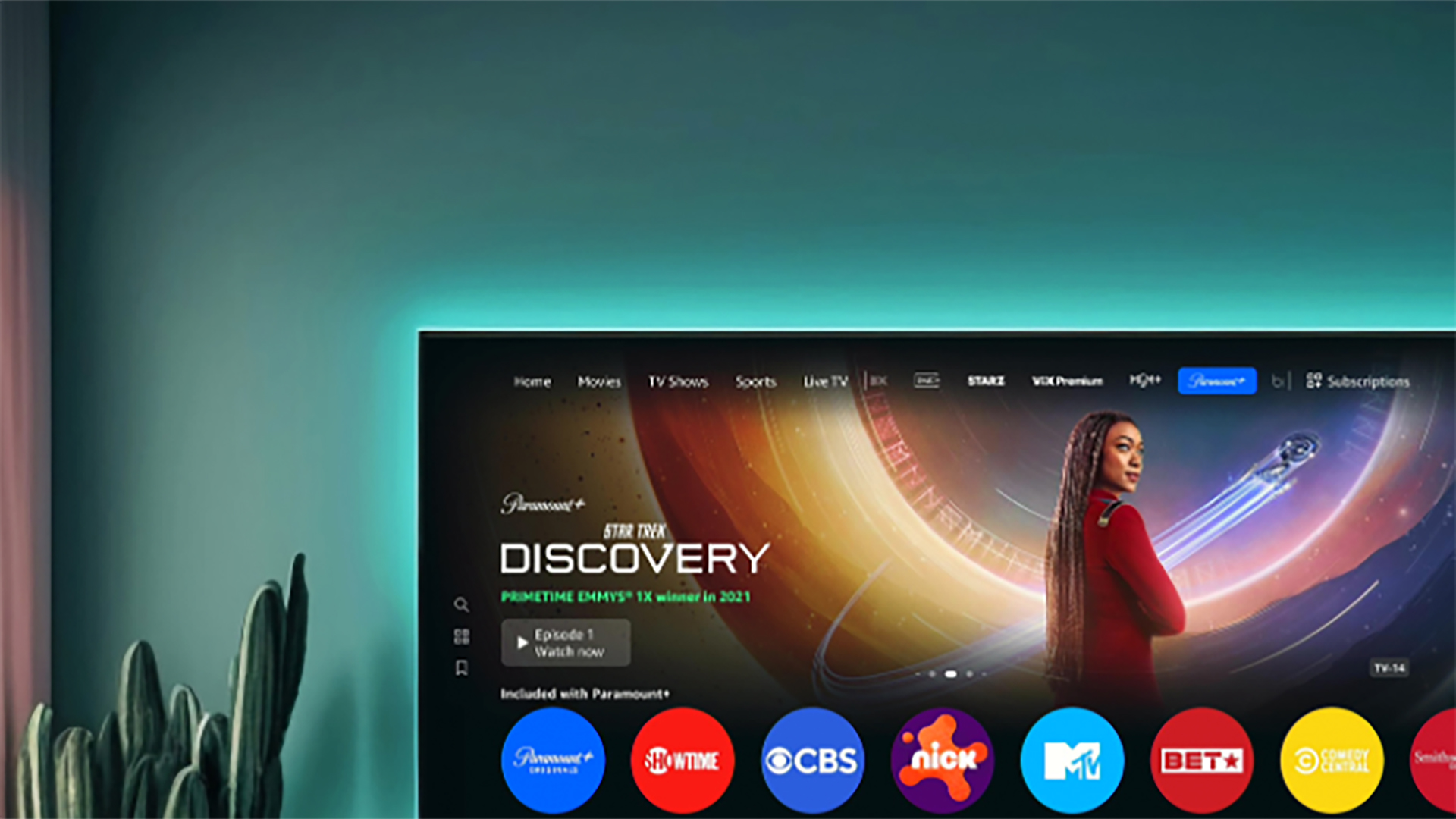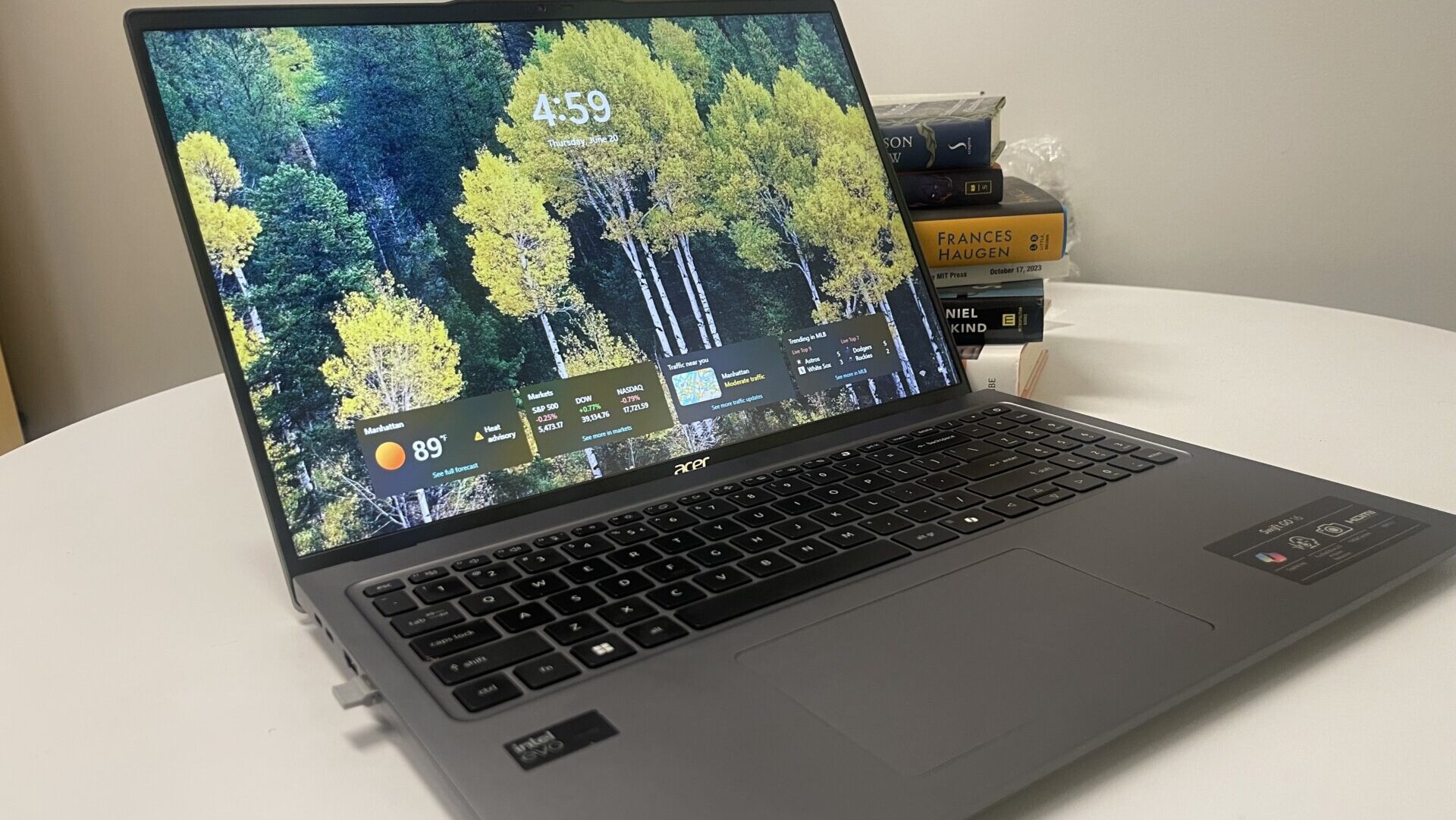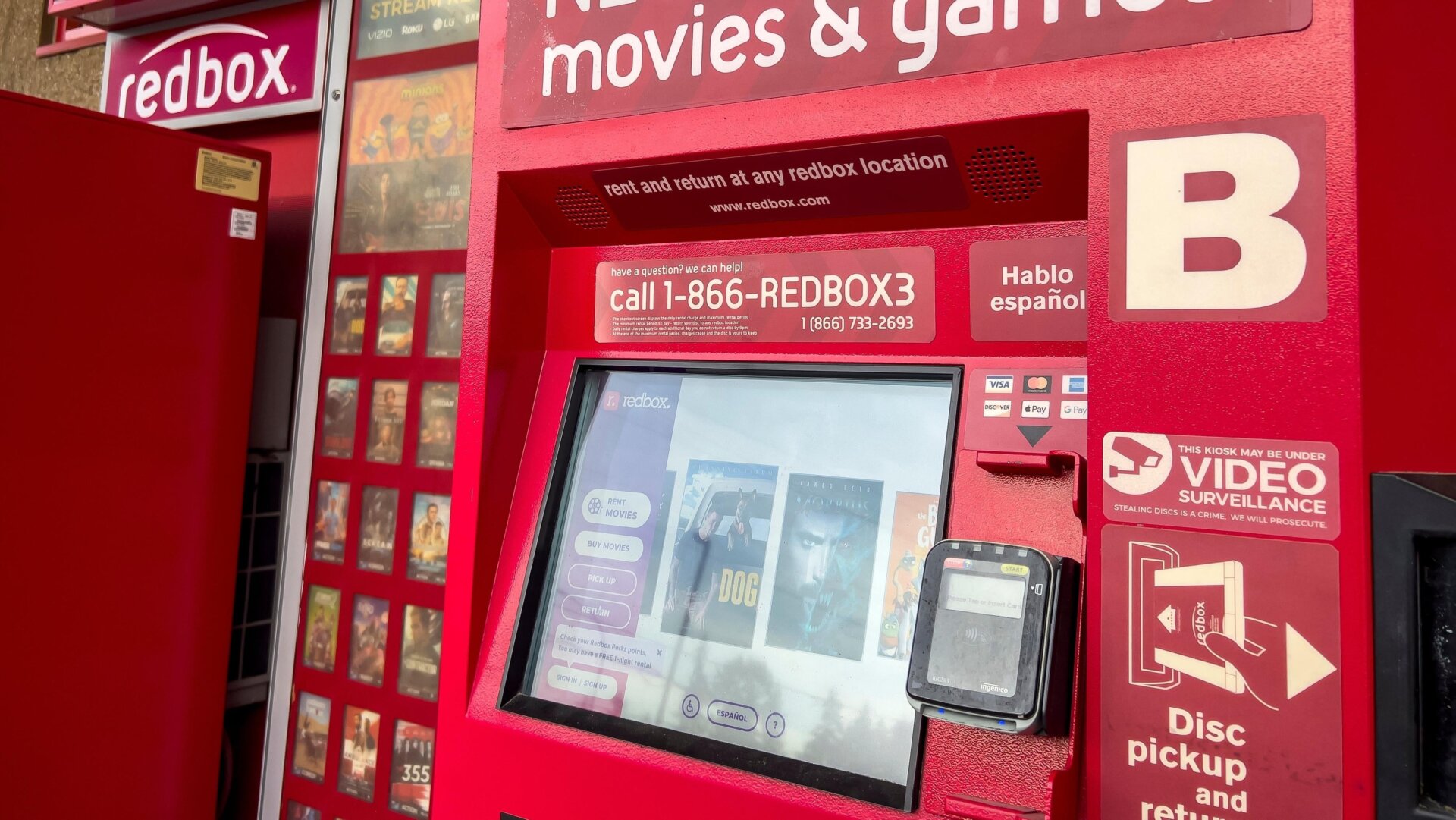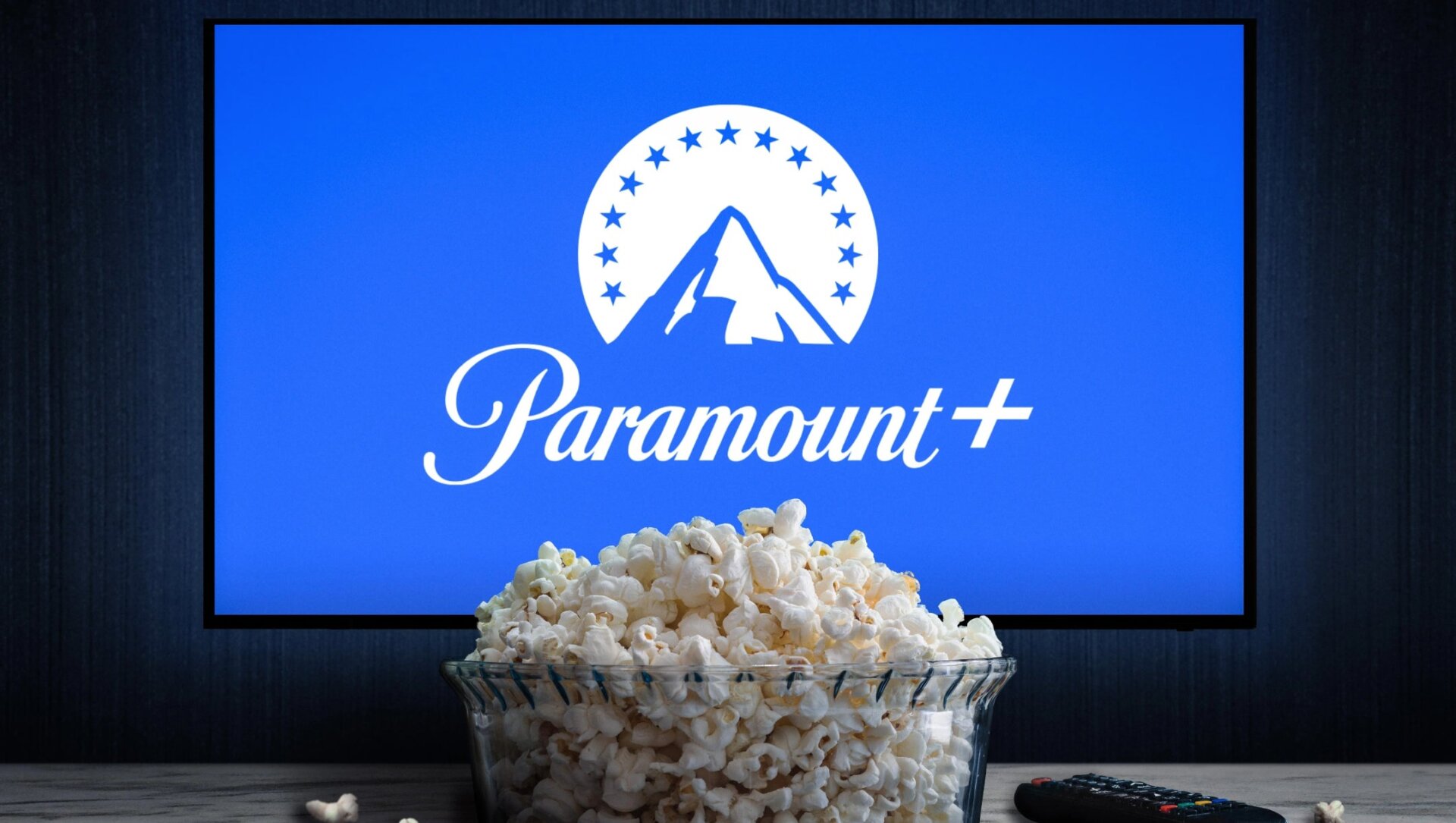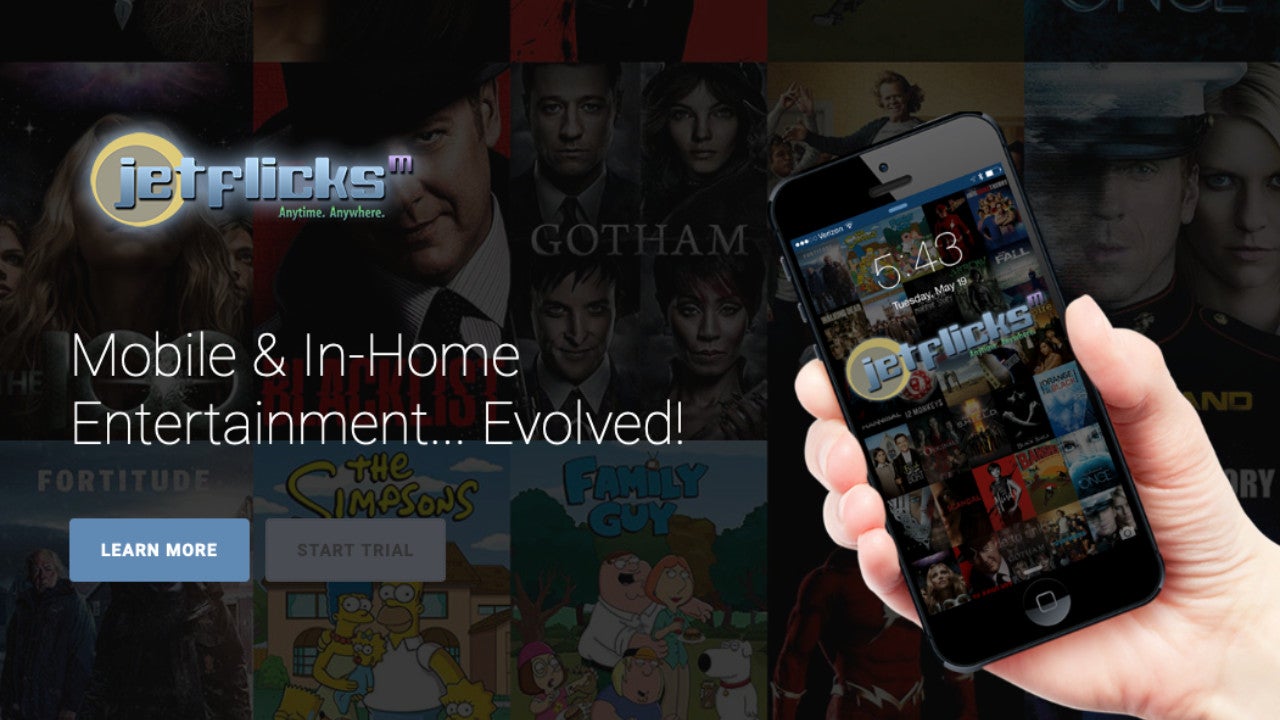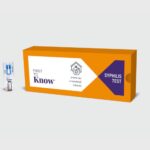Music from the ‘90s, dominated by the early years of hip hop and gritty grunge counter-culture might not immediately seem like a groundswell for transformative new gadgets and gizmos. However, despite its seemingly unpolished patina, a handful of crucial innovations spanning the decade have arguably done more to foster the current period of relatively cheap, on-demand, DIY musicianship than any other tools prior. An artist in 2023 armed with a MacBook, a decent pair of headphones, and a grand or two to spare can realistically produce a full-length album capable of rivaling a professional product from previous decades.
New tools like Digital Audio Workstations and audio interfaces slowly but surely gave artists the power to produce more work with less while major advances in high-impact technology like the world wide web and the MP3 format meant musicians could share their work with a far wider audience than ever thought possible. Transgressive new products from peer-to-peer file-sharing sites like Napster, meanwhile, paved the way for the streaming era and created an unquenchable consumer attitude for more and more content for less cost.
All combined, these advances in music tools and tech make the ‘90s a watershed decade that set music on a course still being felt today. Like all pivotal advances, each new tool brought its own complex set of tradeoffs for musicians, consumers, and the old guards of music industry titans. Here’s some of the most transformative music tech of the ‘90s and why it matters today.
